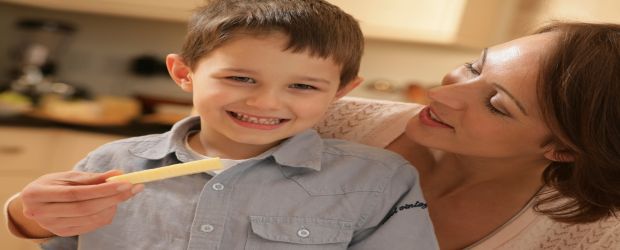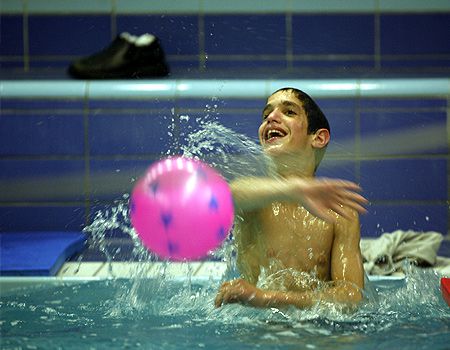 Lack of oxygen to treat children and catch up.
Lack of oxygen to treat children and catch up.
Child Sensomotor-early developing

Therapists travel to the site if needed.
Problems:
Aggression, sleep problems, physical asymmetries, Autism, rage, a puzzled voice, emotional turmoil, leaving the task, balance disorder, ADHD, attachment disorder, delayed development, motion, movement, poverty,
restlessness, difficulty reading and writing difficult, it is difficult to integrate, not talking, not disciplined, leaving the role-playing, short-term disciplinary action,
feeding difficulties, prohibition does not understand, clumsiness, school immaturity.Problems solution.Hydro and ground gymnastic.
1. SENSORIMOTOR DEVELOPMENTS
a). Hydrotherapy Rehabilitation Gymnastics (HRG)-D
The HRGs patented method since 1994, Hungarian rehabilitation process. Use lukewarm water, 370 practis 2-3 years to teach the (vulnerable) children. Features: All-HRG thorough neuro-development and sensorimotor approach to the investigation preceded. This gives (z organically immature) childs brain maturation can be in%, respectively. shortcomings and called partial / niche-existing skills profile is known. The HRG-training plan in the light of these data, and hence the groups current maturity level complet and not the age or identity of the diagnoses in the first count.
The HRG method is sufficiently intense and regular tasks and the application of the nervous system to regulate subcortical normalize is a positive effect. In parallel, the successful implementation of behavioral and cognitive patterns is necessary for cortical "started", which is a positive development promotes the transfer process.The movement of the attention, "obedience", speech, thinking and integration of complex processes observed in the HRG indicates improvement in therapy success and effectiveness.
The HRG and development associated with the other children the same teacher next to faster diagnosis and degree of severity will achieve better results than the "unprepared sensorimotor / developing children.
A close-up after extensive mooving culture foundation, the instrumental work "beend learning" (concrete operations ...), the co-ordination and rhythm serial developer to learn the tasks done. The gliding and floating motions to learn before they can be successful.
The seriousness with individual sessions, small groups (2-4 persons), respectively. group (5 max. 12 persons) form.
group type
6-8 months old prematurely, during childbirth or after brain injury, psychomotor development is slowed dow n, different muscletonet / hypotonic, spastic /) for mothers of young children and swimming pools are organiz e d groups of 4-8 people.
85 to learn a task, respectively. on the children that have a positive effect on the nervous system have stalled the launch of maturation, the development of balance, normalize muscle tone, attention is directed to increase the time, respectively. the early mother-child bond to strengthen. There are teams of mothers and children under 3 years old who have immense energy of the kids want to run 45 minutes in group "derived". Come here even shy, reclusive, a bit clumsy, a bit shy, yet are often sharp, barely / vgy not speak, or. aggressive children.
3-6 years of age between the studies clearly help to the neurological level of maturity groups (the first time in any parent) the child come into the water.
However, speech therapy, special education or regular kindergarten kindergarten children involved, but the investigation is certified organically immature children (without parents) also develop.
It is very important for children scool unfit intensive (3 times a week is recommended), HRG-development is that the "maturation" was indeed a year registered development occurs at.
6-8 years preparation, small group, special educational needs (dyslexia, disgráfia, dyscalculia ...) respectively. pupils in special primary schools should be a weekly two-HRG alkalommalt actively participate in development.
In children, where the problem mooving, intellectual / multiple disabilities or autism to describe the Committees of Experts, primer-catching and subcortical regulation of the nervous system to facilitate maturation of HRG-start the proposed development.
The HRG-development of the above symptoms in older age may also be initiated.

Email Very good results we achieve an adult stroke (accident, cancer, stroke ...) who have extensive functional reduction was the result of an injury (disability, speech, cognitive impairment, social problems).
We all age groups in the HRG-healthy exercises for children throughout the years of training, skills and talentid evaloping as being a word, they were higher (normal) and level, there is much cleverer, more inventive, more observers are not HRG-zo partners and similar age.
Are floating and teams, where the health, fitness, in terms of setting up load swimming pool similar trainings, and classes (without parent) deep in water.
b) The proposed sensorimotor training (TSMT) method
This has required the development process. The HRG-method does not apply to children who often get respiratory infections, sinus - otitis media, but the children do not come into the water (eczema, allergic rashes ...) either. The gym is now in development but has no role in triggering the diseases listed, that is so important to the success of ongoing and intensive load achieved in this way.
TSMT-I.:
580 is our task, which is based on the results of the study children (50% lower than the result of the Condition and mooving visit, 1-1.5 more years of backlog in the large test areas, the zone is prevented DeGangi Berk-test, respectively. Controllability and cooperation complete lack of) home-training-training in the form of parents who are 2-3 week check up to present the current status. The training sessions for 8-12 weeks, the childs status must be made in sufficient quantities.
A harder / more extensively damaged children 3-6 TSMT individual will have access to after-training stage of development, to be able to participate in group TSMT and development.
TSMT-II.:
680 task is what the principle of progressive load harding and we are constantly working on the development trainings to children whose mozgásvizsgálatban Condition and Results for between 50-75%, the DeGangi-Berk test of the completed risk zone, respectively. the attention of control, job awareness, hyperactivity and learning similar age underperforming.
The only training TSMT-II-equipped gym, using many devices can be effectively maintained. The assets of the concrete operational period bigmooving processing, attention better orientation, the improvement in practice, the body system, spatial orientation, the laterality, the mature, the szerialitás dominance, the sense of rhythm and can facilitate the development of motor creativity.
TSMT-II-organized groups have 1-1.5 years of age for both damaged and healthy Child groups.
3-4 years of age in the initial trainings TSMT-II we used to call the parents to the children smoothly accept the new teaching position, respectively. often an important encouragement and support for parents experiencing identification with the occupation of requirements and standards.
A-II-TSMT improvements 9-12 years of age with normal intellect if successful, older age, experience, the child develops movement-skill is much greater than the positive transfers (sustained attention, task awareness, long-time memory, your thought operations, simultaneous multi-directional attention ...) even though this development is a priority goal.
The 4-8-up sessions. 12 people groups.
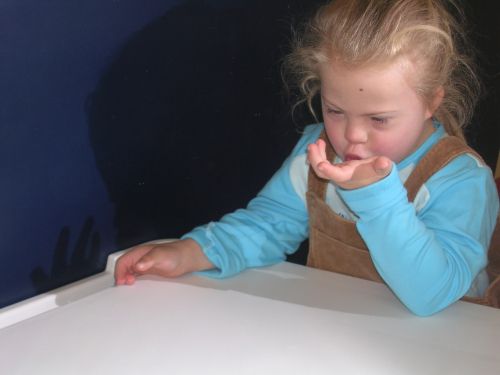
The HRG and Methods TSMT-based regression, and neuro-sensorimotor tests, taking into account a lot of mission development, tooling use developing options.
Theoretical basis underlying the same sensory integration therapy (eg Ayres identified the best-known names in SI therapy), but their mechanisms of action developed in greater depth, since the application of the basic training theory is incorporated in both Hungarian method.
The HRG TSMT method and combined use of organic immaturity sooner past the progress and results are more lasting hardened, then he can be better integrated into this special catch-up therapies (the child is at a higher level, better understanding, attention, imitation, memory will improve the ability to quickly effect of other therapies, such as HRG-primer-TSMT without sensorimotor development.
2. TESTS
And age of each child (movement, mental, cognitive, social) status, taking into account neuro-sensorimotor and we test it, also check-list, simply observe / consider referring them to the immaturity of organic reflexes poszturákat, muscle-regulatory weaknesses that are their age ordered to apply.
3 months to 2 years old used a developmental scale, which measured every 3 months for a total of 20 areas that can show a path to the studied areas in which children performed within the normal range, (or under it, over it - and how many months.)
3, then scored on a 5-year age, the power is expressed in% and sensorimotor neuro-test survey will include the development of the childs starting point.
Frequent partial / niche capabilities, respectively. cognitive development at the start of Frost - the Sindelar, the Meixner, Goodenough - the GMP inspections, but you add attention-examination, respectively. IQ test-taking, where appropriate, ask the residence of the childs educational advisory or expert commission.
3. PREKOGNITÍV, partial / niche capabilities AND COGNITIVE DEVELOPMENT
The world has knowledge of the pregnancy begins, and lasts until the end of our lives. Is spontaneous and directed learning, the latter is most needed if the childs development is slowed, stopped or different from peers. It is very important to create a situation is already quite small at the age where the child is aware of and then starts to differ from the pleasant and unpleasant feeling, experiencing the cause-effect relationships, respectively. realize that their posture, movement, how it regulates the activity. tool contakt important aspect in the development of the games feature the use of thefine mooving development and promotion of ties with parents.
Prekognitív forms of development are used for children, where the sensorimotor HRG-TSMT developments have resulted in the emergence of attention, but the mental / social skills were trapped in a very low level.
The individual sessions form.
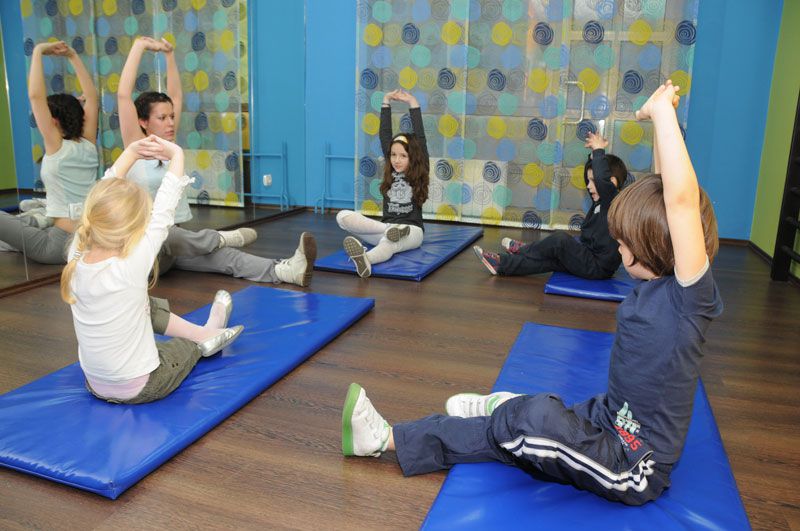
The cognitive functions measured, and partial / niche capabilities in certain key skills assessment and development of what is known of the methods used methodological recommendations.
The objective of this is that the primn ary school the necessary knowledge, skills, abilities and skills in diverse contexts / tools try and lear children. Indeed such knowledge is needed for our children, what your thought with schemas, based on focused attention, a good short-and long-term memory, problem solving and flexible solutions for a variety of strategies, the ability to Produce. The items listed in the HRG-TSMT developments in already " start methodology is now in kindergarten, the developer of pedagogy, special education, respectively. a special catch-up programs (Frost, dyslexia, prevention, diszgráfia-prevention, prevention, dyscalculia, Sindelars called partial / niche developments, ...), functions and methods of using playfully (about one million HUF tool) to teach.
The cognitive development at the beginning of the process and we are always at the end of the tests that we know how effective your work is what has been remedied, and which areas should be figure out new strategies and tasks.
The individual and small group sessions occur in the form alike.
3. learning technik
The failure of many school learning component. A successful learning basic mapping and partial / niche capabilities must be checked after the child is currently learning the technique. Positive changes can happen frequently, so if, taking into account the portion talentid to find ways of learning, which after the acquisition of or familiarity with the books next time will be much better than before.The individual sessions form.
4th Email Speech therapy, special education DEVELOPMENTS
In children, specifically where the speech / cognition, vocabulary, etc.. field gap, he directed development takes place in speech therapy to catch up.
Intellectual-cognitive development lags prekognitív the rules of many regression testing tool approach, individual progress at a pace replace. The individual sessions and max. 4 people small group sessions take place within.
5. "game learning
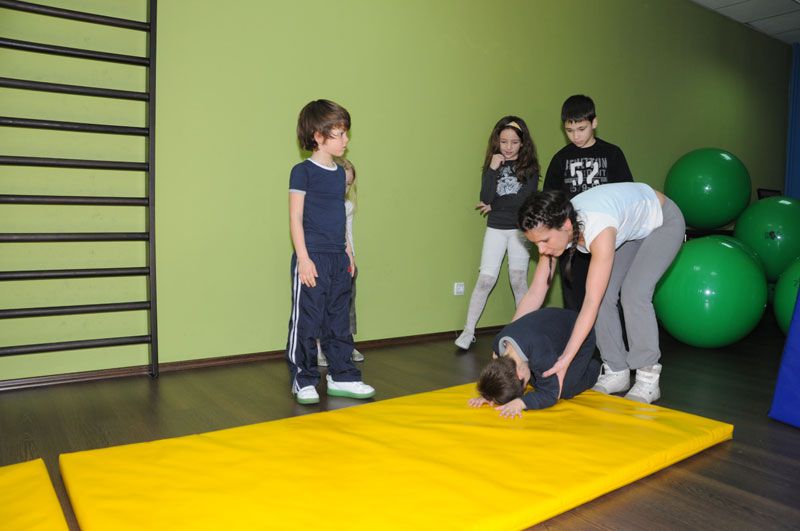
Those parents who have children, exercise and cognitive development in BHRG Foundation reported, almost all of them complain that games are not appropriate to the age of the child, the sole object relation or a weak, s strong parry is observed when s (the parents) " is forced "some players that occupation, which is PLD. more children, one of my favorite activities was the question of age. The common causes are not always the game not fun for the children nor the parents who are so poor and helpless parents feel ...
The game learning a new service, which helps "the starting age Belone," this means and forms of activities to offer. Therapeuths catalyst in the presence of a parent trying to work and initiative that is providing immediate stay analise schemas "scrubbed the ground" to the parents if you can get into the emerging game situation.
We can tell you where to let the childs preferred activities, awareness-raising tools and where to try to intervene because the childs play adhered bizarre in nature, with the changing needs of the outside world ...
The course game lerning very good (little known) gaming devices, activities. The initiative is based on occupation and sets a goal of development cooperation. Game learning to recognize the individual self-healing, to help the parent adoption is forming.
If a parent is asking for that, eg. would like 3 years old healthy child one year of age appropriate (possibly all) through the game you play together - you also have the tools and scenarios technik collect.Who can play intensely, in other meaningful activities can also ...
A form of individual and group sessions are feasible.
6. ADVICE
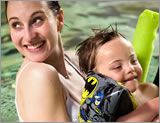
Email the parents are constantly at your disposal a period of development before, during and after ...
The parents request, or. esetmegbeszéléseinken if such a decision is made, the child development experts working together, parents are asked to solve a common problem with one or more discussion.
The academic year at the end of control tests, after evaluation of the common "what next" type of discussions to initiate a community / developer appropriate teacher / school development keresésétől another method to try many things to help "special educational needs" child and family.
7.Parents groupe
We consider it very important that the peer parents are able to work together with the unexpected situation in which a "special educational needs" child changed their lives, their relationships, schedules ...
In addition to personal strengthening could any parent want to know more about the childs problems, for which professiosnal medical, psychological, special education, physiotherapy, dietetics performances we wish to contribute parents groupe.The parent development initiatives aimed at continuous, but the parental participation is voluntary, so sometimes there are such groups, and sometimes interrupted ...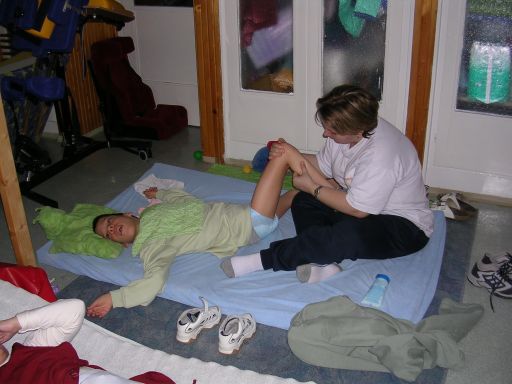
We travel to the scene if necessary. Therapy was applied to individual and collective manner.
We work together like hospitals and rehabilitation centers.
